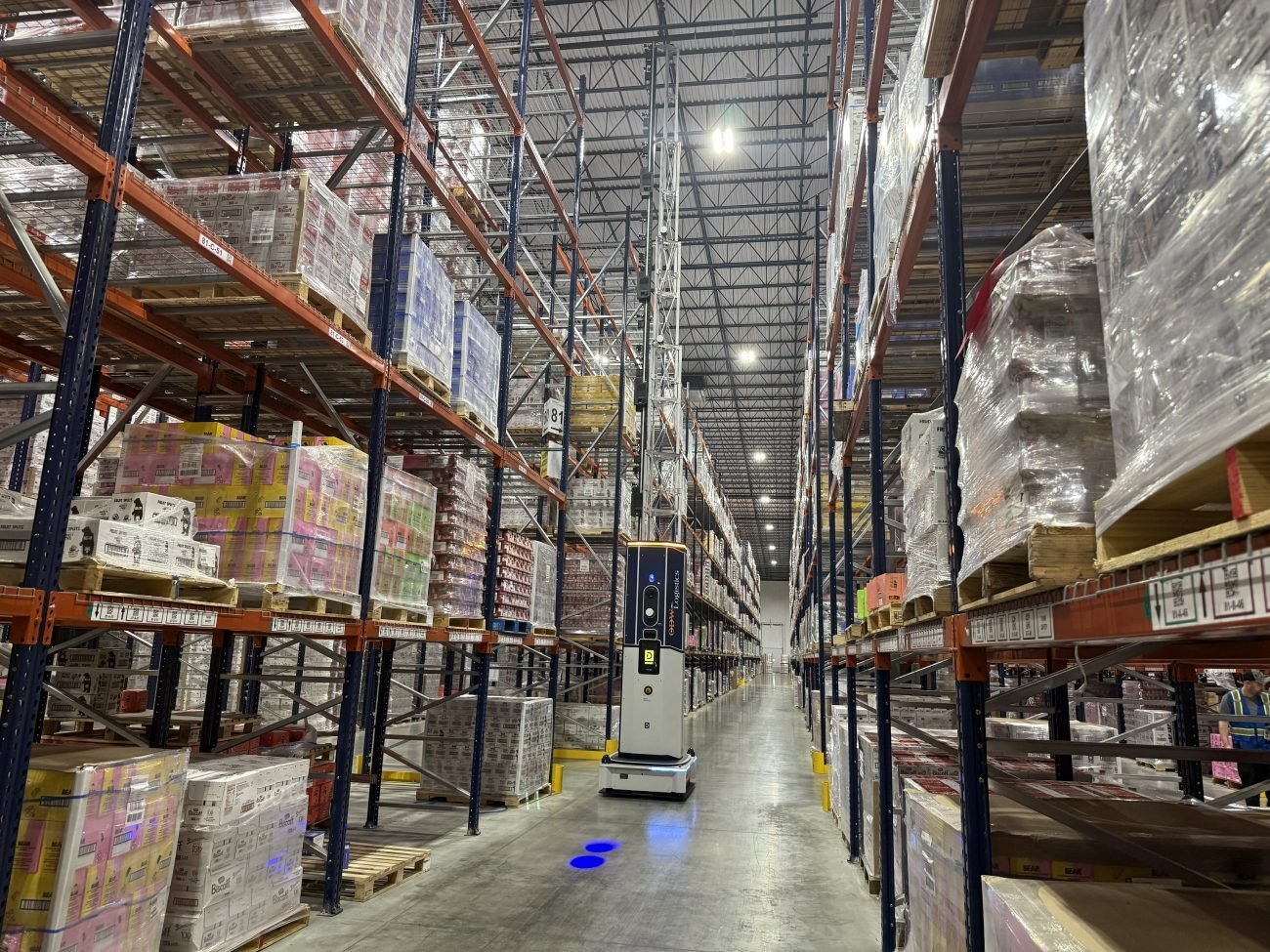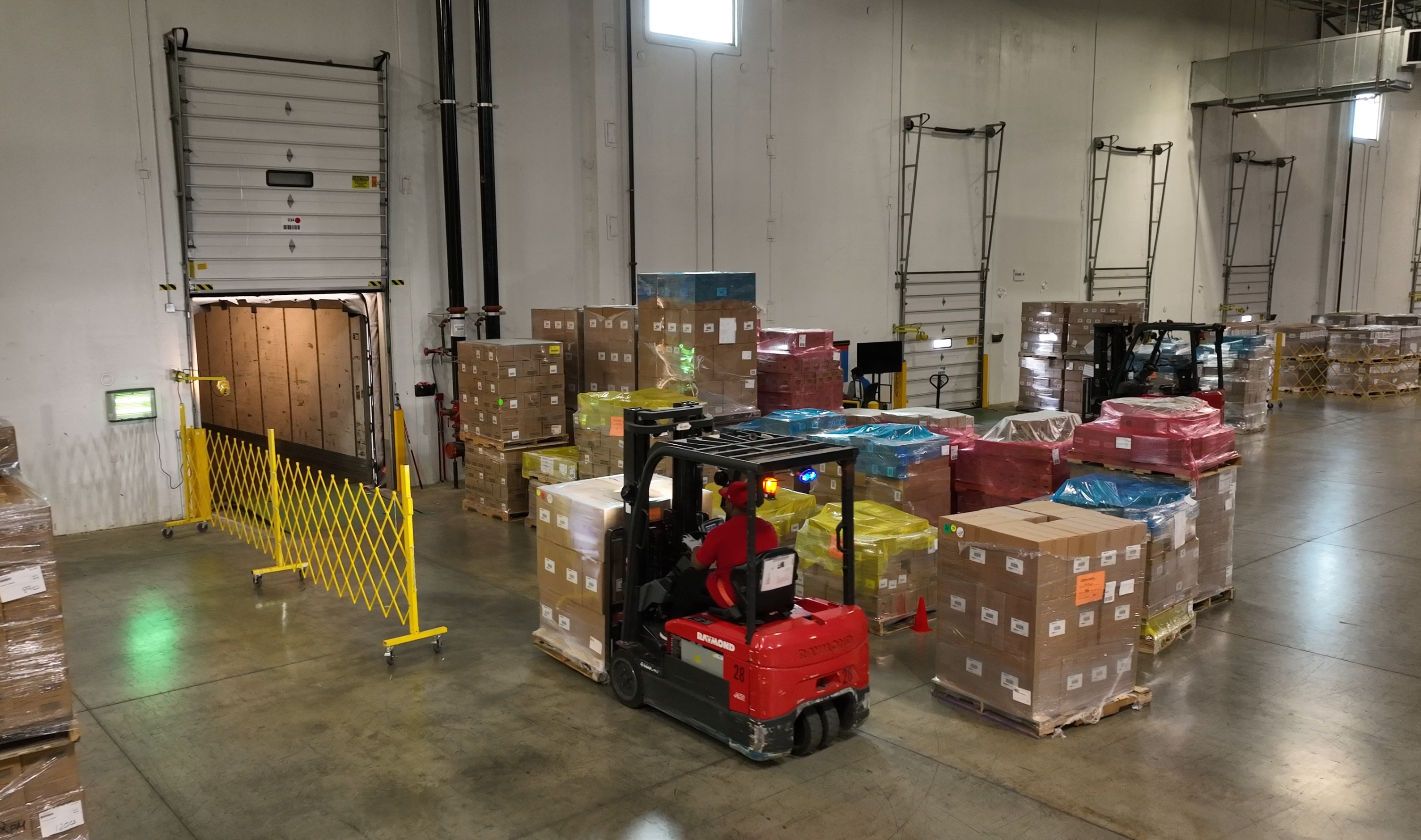If you’re a shipper working with a third party logistics provider (3PL), or just thinking about outsourcing, logistics KPIs are an effective tool for maximizing the performance of your entire logistics operation.
There are countless logistics KPIs that shippers can use to better measure, and therefore manage, their logistics service providers. The benefits can extend to both reducing costs and improving service. Here are six simple, but vital logistics KPIs to get you started.
Cost Management KPIs
Optimizing a transportation budget through KPI use is more than just tracking costs and expenses. KPIs are important factors to discuss during freight contract negotiations and help determine if service levels are being met.
Three KPIs that can be leveraged to optimize logistics spend include:
- Load Acceptance Rates – A measurement of how well a service provider is meeting contractual obligations for volume
- Utilization - Percentage of a truck being used for the amount spent as a method of improving load consolidation
- Accessorials as a Percent of Freight – Percentage of cost from additional charges like OS&D issues, unloading, or other fees
Performance Management KPIs
Just as important are service and vendor performance oriented KPIs, here are three that help measure service in a quantifiable way:
- On-Time Pickup – An important indication of a vendor’s service level and ability to help keep your operations flowing
- On-Time Delivery – Not just an indication of service by a carrier, but often a measurement of YOUR service to customers
- Claim Ratio - Primarily an LTL measurement, this ratio is a good indication of the care taken by carriers while a shipment is in transit
Logistics performance management begins with identifying the metrics best suited for improving service and optimizing spend. For most, tracking and measuring performance of suppliers using KPIs targeting those metrics is the most efficient method for optimizing both.












